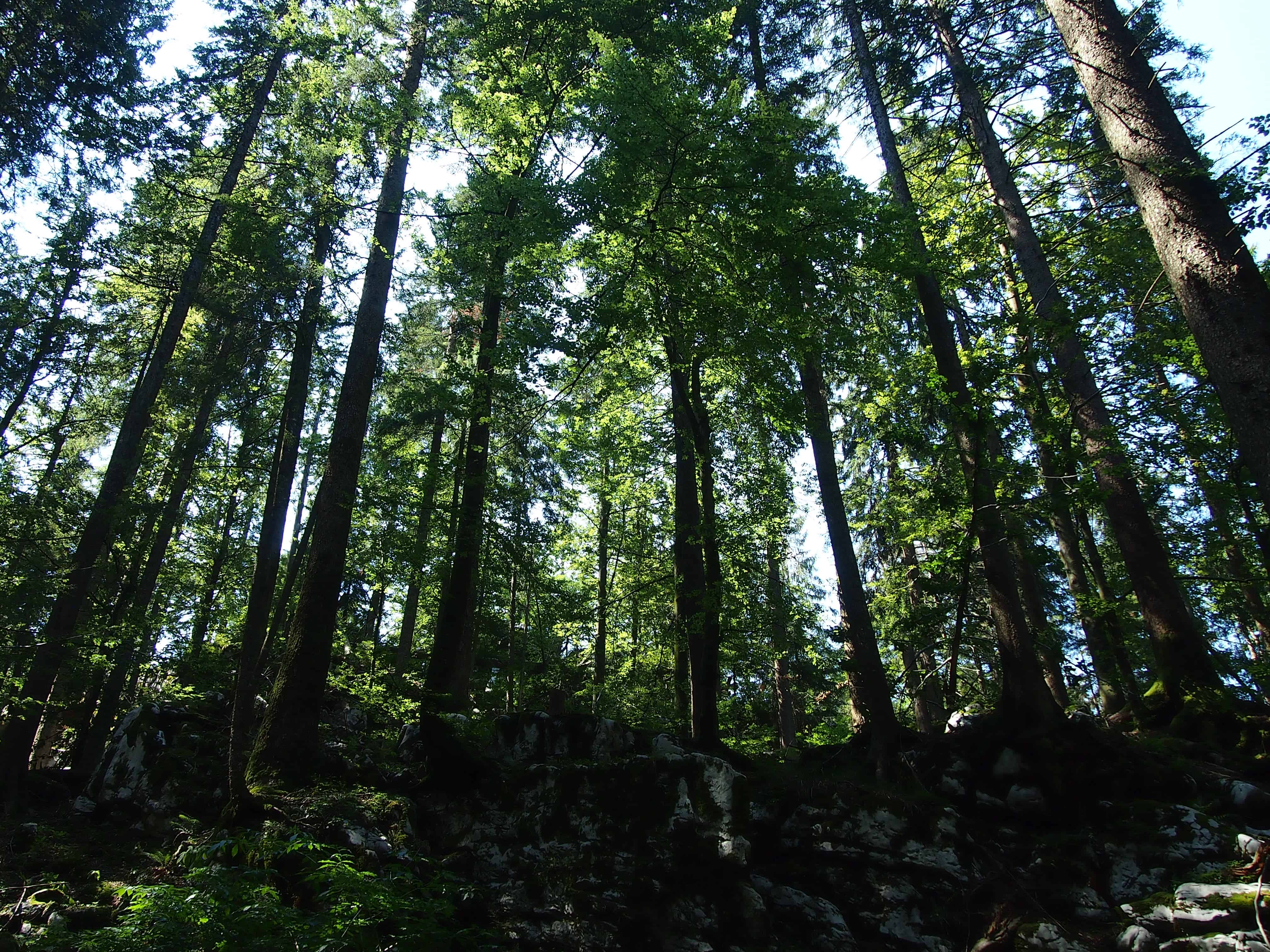The Republic of Croatia is the home to approximately 900 brown bears (Ursus arctos), the largest European carnivores, which are part of a larger Dinaric-Pindos population. Gorski Kotar offers exceptionally favorable bear habitats, supporting a stable number of bears.
Brown bear
Beech-fir forest stands of the Dinarides provide peace and shelter as well as food and dens where bears hibernate during winter. In wintertime, females in their dens give birth to a litter of one to four cubs, each weighing around 350 grams. Bears are solitary creatures; however, they are generally not territorial and put up with the presence of others in the same area.


Adult brown bear in Gorski Kotar can reach the weight of 350 kilograms.
Depending on the season, bears are actively hunting for food.
A distinct hump on the back can be seen in an adult bear. While walking, a bear treads on the soles of its feet, so that the entire sole and heel touch the ground, which is known as plantigrade walk.

Foto: Fotozamka JU „Priroda“
Claw marks, which can measure up to 6 cm, are clearly visible. The bear uses its claws for tearing into rotten trunks and anthills in search of larvae.

Foto: M. Randić
A bear’s trail in the snow

Foto: M. Modrić
Bear scat in summer months, characteristically full of forest fruit remains, in this case raspberries.

Foto: M. Randić
Bears sometimes leave behind claw marks and/or hair as is the case on the wooden panel of this dilapidated forest hut.


Foto: M. Modrić
On the side of footpaths, we can often come across overturned rocks or old logs. It is the evidence of a bear’s search for food, especially insect larvae.

Foto: M. Modrić
Bears regularly communicate by using “rub trees”, against which they scratch their backs, leaving their odor and hair. These are mostly coniferous trees (fir and spruce trees because of their rough bark), of a wider diameter at breast height, often solitary and located along the customary animal trails. Such trees display a change of bark color on the spots where bears rub and scratch. The bark becomes darker and worn out.


Foto: M. Modrić









